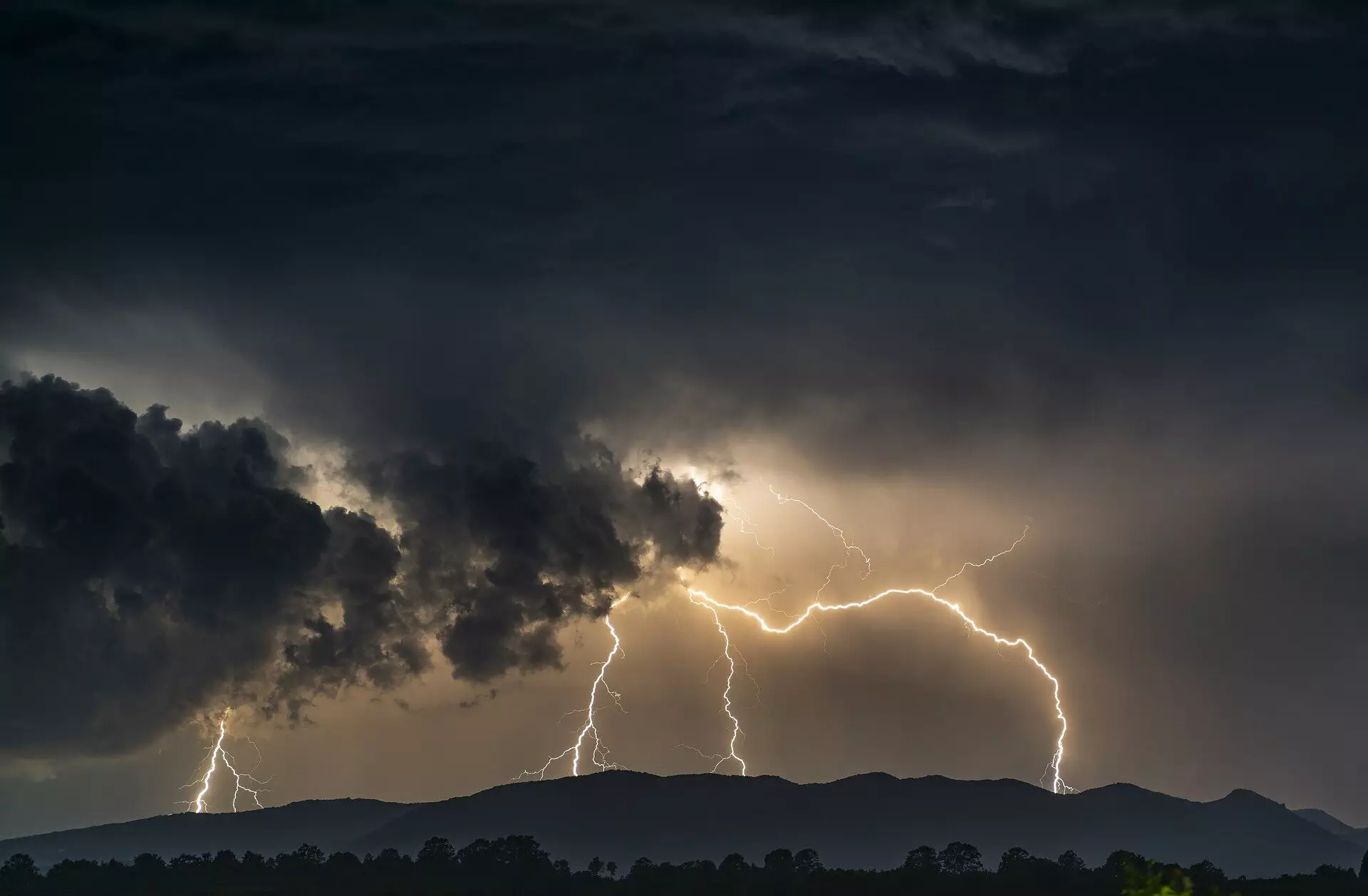California, with its striking landscapes and diverse ecosystems, stands at a critical juncture in its environmental journey. Over the past thirty years, the state has been racked by catastrophic wildfires, leading to a phenomenon that has escalated into a significant concern—post-fire erosion. This issue is not merely a consequence of natural disasters; it symbolizes a dire intersection of climate change, ecological health, and water resource management. As researchers highlight alarming trends in post-fire erosion spanning the late 1980s to today, the implications for California’s water resources and ecosystems become increasingly apparent.
A noteworthy study conducted by the U.S. Geological Survey (USGS) indicates a staggering tenfold increase in erosion following wildfires in Northern California from the late 1980s to the 2010s. The data reveals that most of the severe sediment-producing wildfires occurred within the last decade, resulting in enhanced soil erosion that threatens vital ecosystems and local communities. The implications of this erosion extend far beyond the immediate aftermath of a fire; they contribute to a broader narrative of ecological dysfunction exacerbated by climate change.
The study particularly emphasizes the alarming fact that 57% of California’s post-fire erosion originates upstream of the state’s reservoirs. Reservoirs serve as crucial components in California’s intricate and vulnerable water system, providing essential water storage. Yet, as sediment from eroded hillsides fills these basins, the risk to water quality and availability escalates, stressing a water supply already on the brink of crisis.
The peril of post-fire erosion is most vividly illustrated during heavy rainfall events when the charred remains of hillsides become susceptible to debris flows. Such events can choke rivers and streams, dramatically lowering dissolved oxygen levels vital for aquatic life. The aftermath of the 2018 Thomas Fire in Montecito serves as a haunting reminder of this risk, as heavy rains unleashed a torrent of mud and debris that resulted in tragic loss of life and destruction of property.
Additionally, the sediment runoff wreaks havoc on reservoirs, diminishing their capacity and compromising water quality. In communities that are vulnerable to flash floods, eroded soil can lead to significant infrastructure failures, posing threats not only to wildlife but also to human life and safety. It’s a cycle of devastation—from fire to erosion to flooding—that underscores the increasing pressures on California’s water resources due to post-wildfire scenarios.
Research has shown that climate change is a driving force behind the increasing frequency and intensity of wildfires across California. This trend is compounded by the unpredictability of extreme weather events—instances where severe drought is followed by bouts of heavy rainfall, a phenomenon often referred to as “weather whiplash.” The USGS analysis, published in the Journal of Geophysical Research, elucidates how this climatic volatility is laying the groundwork for continued and escalating erosion post-wildfires.
As scientists forecast a future marked by warmer temperatures and altered precipitation patterns, California must prepare for the realities of this evolving landscape. Environmental advocates like Glen Martin caution that without immediate and impactful interventions, the cycle of wildfires and erosion may entrap the state in an unvirtuous vortex, diminishing both ecological resilience and water availability.
In light of these findings, it is paramount for both state and federal agencies to acknowledge and address the impending challenges posed by post-fire erosion. As noted by study co-author Helen Dow, understanding the scale of this issue is a crucial first step towards mitigating its impacts. Strategies to improve land conservation and forest management practices are essential to curtail erosion, prevent catastrophic fires, and protect water resources.
Proactive measures such as prescribed burns and mechanical thinning can reduce the fuels that contribute to wildfire severity, thus fostering healthier forest ecosystems. However, as Martin points out, implementing these measures is not simply a technical challenge; it requires significant public support, funding, and a commitment to long-term changes in forest management practices.
Ultimately, California’s struggle with post-fire erosion is emblematic of larger environmental challenges facing the state. Growing pressure from both wildfires and climate-induced weather events necessitates a multi-faceted approach to resource management and ecological preservation. As the state confronts its legacy of catastrophic fires and increasingly extreme weather, the time for action is now. Balancing ecological health, water security, and community safety will require collaboration across sectors—science, policy, and public engagement—to pave the way for a more sustainable and resilient environment in the face of ongoing climate change. The lessons of past wildfires must inform future efforts; we can no longer afford to treat these issues in isolation.


Leave a Reply